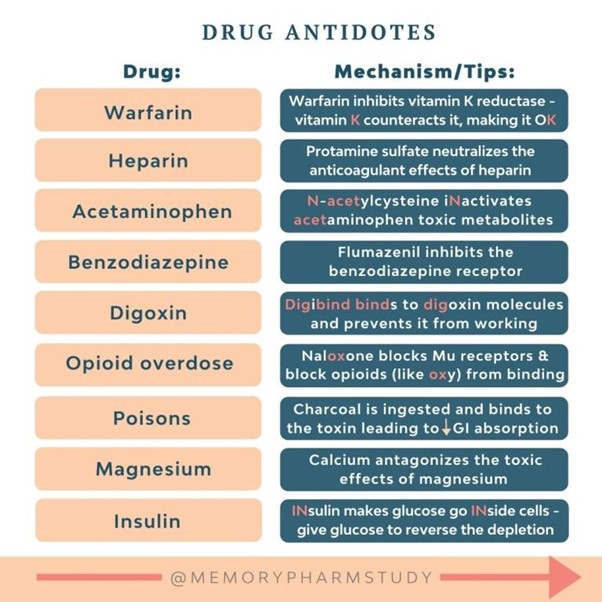A nurse is providing teaching to a client who has chronic rheumatoid arthritis and a new prescription for hydroxychloroquine. The nurse should instruct the client to obtain which of the following diagnostic studies routinely?
Eye examination
Chest -ray
Pancreatic enzyme levels
Urinalysis screening
The Correct Answer is A
When providing teaching to a client with chronic rheumatoid arthritis who is starting a new prescription for hydroxychloroquine, the nurse should instruct the client to obtain routine eye examinations. Hydroxychloroquine is an antimalarial and immunosuppressive medication commonly used to treat rheumatoid arthritis and other autoimmune conditions.
One of the potential side effects of hydroxychloroquine is ocular toxicity, particularly affecting the retina. Retinal toxicity can lead to vision changes or, in severe cases, irreversible damage to the eyes. Therefore, regular eye examinations are necessary to monitor for any signs of retinal toxicity and detect any visual changes early to prevent further complications.
The American Academy of Ophthalmology recommends that patients taking hydroxychloroquine undergo a baseline eye examination before starting the medication and annual eye examinations thereafter, especially after five years of continuous use.
Let's go through the other options:
B. Chest x-ray: A chest x-ray is not routinely required for monitoring clients taking hydroxychloroquine for rheumatoid arthritis. Hydroxychloroquine is not known to cause significant respiratory or pulmonary side effects.
C. Pancreatic enzyme levels: Monitoring pancreatic enzyme levels is not specifically related to hydroxychloroquine therapy. Pancreatic enzyme level testing is typically used to assess the function of the pancreas in conditions like pancreatitis or pancreatic insufficiency.
D. Urinalysis screening: While regular monitoring of kidney function is important for clients on long-term medication therapy, routine urinalysis screening is not specifically related to hydroxychloroquine use in clients with rheumatoid arthritis. Regular eye examinations are of higher priority due to the potential ocular toxicity associated with this medication.
Nursing Test Bank
Naxlex Comprehensive Predictor Exams
Related Questions
Correct Answer is C
Explanation
Flumazenil is the antidote for diazepam, which is a benzodiazepine. Flumazenil is a selective antagonist that can reverse the sedative effects of benzodiazepines and is commonly used in cases of benzodiazepine overdose or to reverse sedation after procedures.
Naloxone (A) is the antidote for opioid overdose and would not be appropriate for reversing the effects of diazepam.
Atropine (B) is an anticholinergic medication used to increase heart rate and is not specific to the reversal of diazepam sedation.
Neostigmine (D) is a cholinesterase inhibitor used to reverse the effects of non-depolarizing neuromuscular blocking agents and is not indicated for reversing the effects of diazepam.

Correct Answer is C
Explanation
The nurse should monitor the client receiving long-term treatment with oral doses of prednisone for the development of osteoporosis. Prednisone is a corticosteroid medication that can lead to decreased bone density and increase the risk of fractures. Prolonged use of prednisone can interfere with calcium absorption and increase bone resorption, leading to osteoporosis.
Hypoglycemia (A) is not a common adverse effect of prednisone. In fact, prednisone can cause hyperglycemia and increase the risk of developing diabetes.
Hyperreflexia (B) is not typically associated with prednisone use. Hyperreflexia is an exaggerated reflex response and is not a common adverse effect of corticosteroid therapy.
Inflammatory bowel disease (D) is not an adverse effect of prednisone. In fact, prednisone is often used as a treatment for inflammatory bowel disease to reduce inflammation and symptoms.
Therefore, the nurse should primarily monitor the client for the development of osteoporosis when receiving long-term treatment with oral doses of prednisone.
Whether you are a student looking to ace your exams or a practicing nurse seeking to enhance your expertise , our nursing education contents will empower you with the confidence and competence to make a difference in the lives of patients and become a respected leader in the healthcare field.
Visit Naxlex, invest in your future and unlock endless possibilities with our unparalleled nursing education contents today
Report Wrong Answer on the Current Question
Do you disagree with the answer? If yes, what is your expected answer? Explain.
Kindly be descriptive with the issue you are facing.
